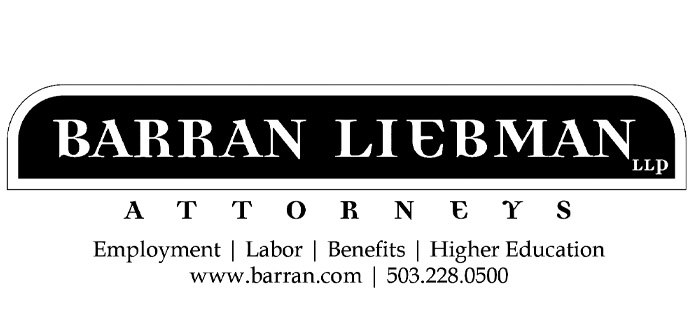On April 23, 2024, the Department of Labor’s (DOL) Wage and Hour Division (WHD) announced that it was issuing a Final Rule titled “Defining and Delimiting the Exemptions for Executive, Administrative, Professional, Outside Sales, and Computer Employees.” The rule is set to take effect on July 1, 2024, and most importantly, dramatically increases the salary thresholds that an employee must be paid to be properly classified as “exempt” under the Fair Labor Standards Act (FLSA). The DOL’s press release noted that it received more than 33,000 comments in this rulemaking process.
Taking a step back, when an employer categorizes an employee’s role as “exempt,” it generally means that the role is exempt from minimum wage and overtime requirements. Specifically, the regulations state that the FLSA “provides an exemption from the Act’s minimum wage and overtime requirements for any employee employed in a bona fide executive, administrative, or professional capacity…”
Of course, the law only allows these exemptions in limited situations and there are several requirements that the employer must follow in order to maintain this exemption. There are several classifications that may be exempt, and the three most common exemptions are for executive, administrative, and professional employees. These are often referred to as the EAP exemptions or the “white collar” exemptions.
EAP Exempt Requirements
There are three main requirements for the executive, administrative, and professional exemptions:
- The employee must be paid on a salary basis, meaning their pay for any particular workweek is a fixed amount and is not reduced due to the quality or quantity of work performed. Salaried exempt employees generally must be paid the same for each workweek in which they perform any work, regardless of how few or how many hours the employee spent working. There are specific, and limited, exceptions to that general rule that may allow the employer to reduce the amount of the salaried exempt employee’s pay for any given workweek.
- The employee’s wages must meet or exceed the salary threshold. The DOL’s new language around this requirement refers to this as a “salary level,” but it is effectively the same thing. Currently, the salary threshold is $684 per workweek ($35,568 per year). Under the new rule, that salary threshold is set to increase to $844 per week ($43,888 per year) on July 1, 2024. It will then increase to $1,128 per week ($58,656 per year) on January 1, 2025. Then, on July 1, 2027, and every three years thereafter, the salary threshold will increase to reflect current earnings data.
- The employee’s day-to-day duties of their job must meet either the executive, administrative, or professional “duties test.” There are extensive regulations at 29 CFR Part 541 defining these duties tests and providing examples of the types of employees that are (or are generally not) captured in these exemptions. For example, an “employee employed in a bona fide executive capacity” is one “whose primary duty is management of the enterprise in which the employee is employed or of a customarily recognized department or subdivision thereof, who customarily and regularly directs the work of two or more employees, and who has the authority to hire or fire other employees or whose suggestions and recommendations as to the hiring, firing, advancement, promotion or any other change of status of other employees are given particular weight.”
Highly Compensated Employee Salary Threshold
Another aspect of the Final Rule is to increase the salary threshold for the “highly compensated employee” (HCE) exemption. The HCE salary threshold is currently $107,431, including at least $684 per workweek paid on a salary or fee basis. Under the Final Rule, on July 1, 2024, that threshold is set to increase to $132,964 per year, including at least $844 per week paid on a salary or fee basis. Also with the Final Rule, on January 1, 2025, that amount is set to increase to $151,164 per year, including at least $1,128 per week paid on a salary or fee basis. Keep in mind that multiple states have wage and hour laws (including Oregon) that do not include the HCE exemption.
Challenges Anticipated
Many may remember the DOL’s attempt in 2016 to increase these salary thresholds. Back then, a week before the rule was set to take effect, a federal judge blocked the rule from implementation. That salary threshold increase ultimately never went into effect. Employers should plan for compliance, but can also expect similar challenges and litigation to the Final Rule.
Nicole Elgin is a partner at Barran Liebman LLP, where she represents employers in a broad range of labor relations and employment law matters. For questions, contact her at 503-276-2109 or nelgin@barran.com.



